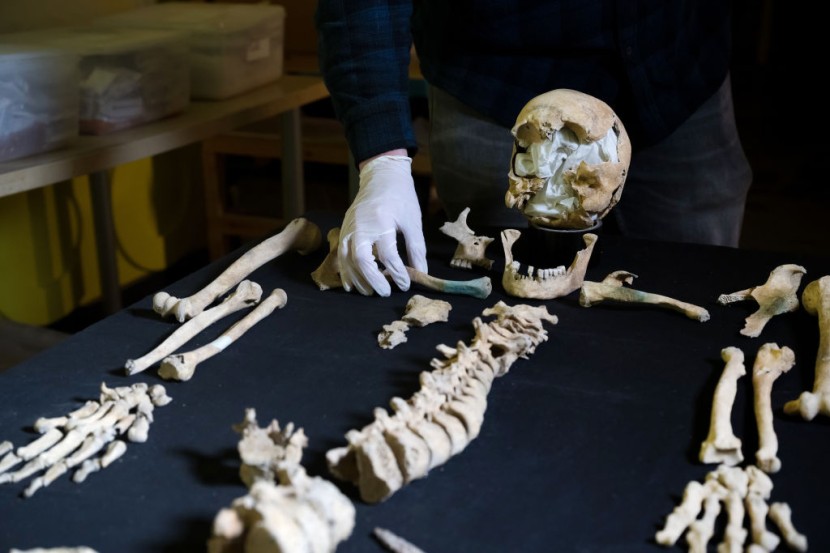
An ancient Roman cemetery dug up in Leeds demonstrates the presence of Romans in the British Isles. The discovery of a lead coffin containing the remains of a late-era Roman noblewoman is one of the earlier finds in the 1,600-year-old cemetery.
Ancient Roman Cemetery Discovered in Leeds
Such archaic discovery allows researchers a chance to get artifacts from this era of Britain's past that remains shrouded, reported Sky News.
The location of the excavation is close to Garforth in Leeds. This burial site contained the skeleton of men, women, and children alive more than 1,000 years past. This breakthrough was made as part of an archaeological dig near Garforth in Leeds.
Buried in the site are thought to be of late Romans and early Saxons, concluded with how the remains were given last rites, noted the BBC.
Roman Cemetery Yields Historical Relics
Scientists plan to document this grave site, which is a significant and major discovery. In it are the elusive clues that show how after 400AD, the Fall of Rome was followed by the later Anglo-Saxon kingdoms.
Analyzing the relics and remains when the dig is concluded to do the carbon dating to get the correct age of everything in the ancient grave site. Testing chemical residue that might show diet and who they are too.
It was found last spring, so it took time to prepare the site for public viewing and keep it intact. Close by excavations of structures from late Rome, like stone buildings with smaller Anglo-Saxon structures cited CNN.
Kylie Buxton, the on-site excavation supervisor, added that every archeologist wants to be part of such a project. Keeping tabs on the excavation and supervising is vital for scholars like her.
Finding a grave site is usual, but discovering one of such impact and importance in a shift from Roman to Saxon life is truly extraordinary. Finding a lead coffin by chance is very relevant for all involved in the study.
More than the Roman coffin is how the burials were done, and the onset of early Christianity with its later influence is very relevant. Another is the Saxon traditions with personal effects like knives and pots as s funerary items.
The chief archeologist in the dig, David Hunter, calls this archaic burial ground important to them. It would help them track how ancient Britain and Yorkshire as ancient cultures.
A common grave site for Romans and Saxons is unique, and overlapping two cultures shows an important discovery. These graves show how unpredictable life could be at that point in ancient Yorkshire. Finding the lead coffin is a big thing for such a big dig.
Once the job of analyzing the lead coffin is done, it can be shown in a planned exhibition scheduled at the Leeds City Museum, featuring death and burial customs all over the globe. This ancient grave site is a window to the past of Yorkshire that tells relevant stories.
Finding this ancient Roman cemetery in Leeds is crucial to show Romans and Saxons interacted at this stage of British history.
Related Article : Archaeologists Discover Almost 10,000 Skeletons in Hidden Medieval Graveyard in the City of Hull with Mysterious Finds
© 2025 HNGN, All rights reserved. Do not reproduce without permission.








